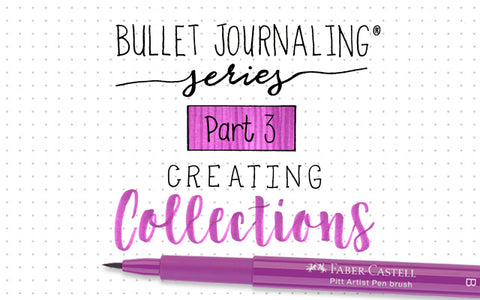Bullet Journaling® Series Part 2: Getting Started with your Bullet Journal®

Bullet Journaling from the Beginning!
Bullet Journaling® is more than it appears to be at first glance. Behind all the visually appealing journal pages that we see on social media, The Bullet Journal Method® is a very sophisticated methodology for organizing everyday life. Before you get carried away in doodles and designs, it is important to learn and utilize the basic structure that Ryder Carroll, inventor, and author of “The Bullet Journal Method” advises Bullet Journal® creatives.
This structure includes an index, rapid logging, daily log, monthly log, future log, collections, and migration. Today we will focus on rapid logging; the system that will make up your daily log. We will also discuss the best supplies to use for Bullet Journaling.
Supplies:

Your art or craft is only as strong as your weakest product! That is why before creating something as useful and important as a journal, make sure you support your new organized life with the right supplies.
When searching for the perfect journal, it is easy to get overwhelmed. Store shelves are lined with an abundance of journals all differently structured and styled with different features. Gridding, paper structure and texture, and accessories such as bookmark ribbons, elastic band closure and pockets all play a role in which notebook is best for you. There is also the choice of a softcover or a hardcover.
Search for a notebook with a paper structure that is thick and smooth to ensure your work will not bleed through. For proper guidance with your writing, regular grid and dot grid paper are the best to use.
Favorite journals throughout the Bullet Journaling community are Leuchtturm1917, Scribbles That Matter, Moleskine, and Archer & Olive.
Perhaps the most important step in getting started with Bullet Journaling is finding the right pen to use. If you want to get the most out of your journaling experience, just any old pen won’t cut it.
Faber-Castell’s Pitt Artist Pens® are perfect for the job. Made with India ink, these pens give lasting vibrant colors that won’t bleed through the page. Whether your journal style is classic and sophisticated, or creative and colorful, you can purchase Pitt Artist Pens in 11 different nib sizes in an assortment of 60 colors and six metallics.
Rapid logging:

With busy lives and cluttered brains, it seems easy to quickly pour out our to-dos on a sticky note that will only find itself wadded up in the trash or next to lint somewhere in your pocket. The Bullet Journal Method offers a much better solution called rapid logging.
Rapid logging is a system of condensing and organizing all your thoughts and needs. Organize these thoughts into a list of short bullets under your daily log.
Different bullets, or symbols, are used to organize your list. Bullets are the base of rapid journaling and can be organized into 3 categories; tasks, events, or notes.
Tasks:
Identify your daily tasks with a basic dot bullet. Using a simple dot is quick, clean, and easy to keep track of. When a task is complete, put an “x” through the dot. If the task is being moved forward with you to the next month’s list, draw a right arrow to symbolize its migration. If the task is migrating to your future log, draw a left arrow to symbolize its move. We will learn more about the future log in our next lesson.
Events:
Identify your daily events with a circular open bullet. It is equally important to record future events as well as past events. Identifying the experience you had at an event is important for self-reflection.
Notes:
Identify your notes with a dash bullet. Notes can be simple thoughts and observations, or important notes and anecdotes you want to remember.
Coming together:

All tasks, events, and notes can all live under the same list. Their coexistence is organized by the concept of nesting. Nesting bullets helps organize your thoughts more clearly by breaking down a task or event into steps that need to be taken. For example, nesting a subtask or a thought under an event will help you recall things you need to do and remember for that specific event.
When rapid logging, be sure to give your list a title. A title will help you stay on track as well as organize your thoughts into groups.
Signifiers:

Bring special attention to an entry by adding a signifier. Signifiers are symbols that can mark if something is a priority or notable. Add an asterisk signifier next to the most important notes or tasks on your list that need extra attention. Add an exclamation point signifier next to a great idea or insight, making it stand out amongst other notes.
Daily log:

When gathering all the different symbols and classifications, they become part of your daily log. The daily log is part of your collection in your Bullet Journal.
Learn more about the daily log, along with other logs and collections by visiting our next article that will be out shortly.
Want to learn more? Continue reading our Bullet Journaling Series!
 |
 |
| Bullet Journaling Series Part 1: Introduction to Bullet Journaling |

